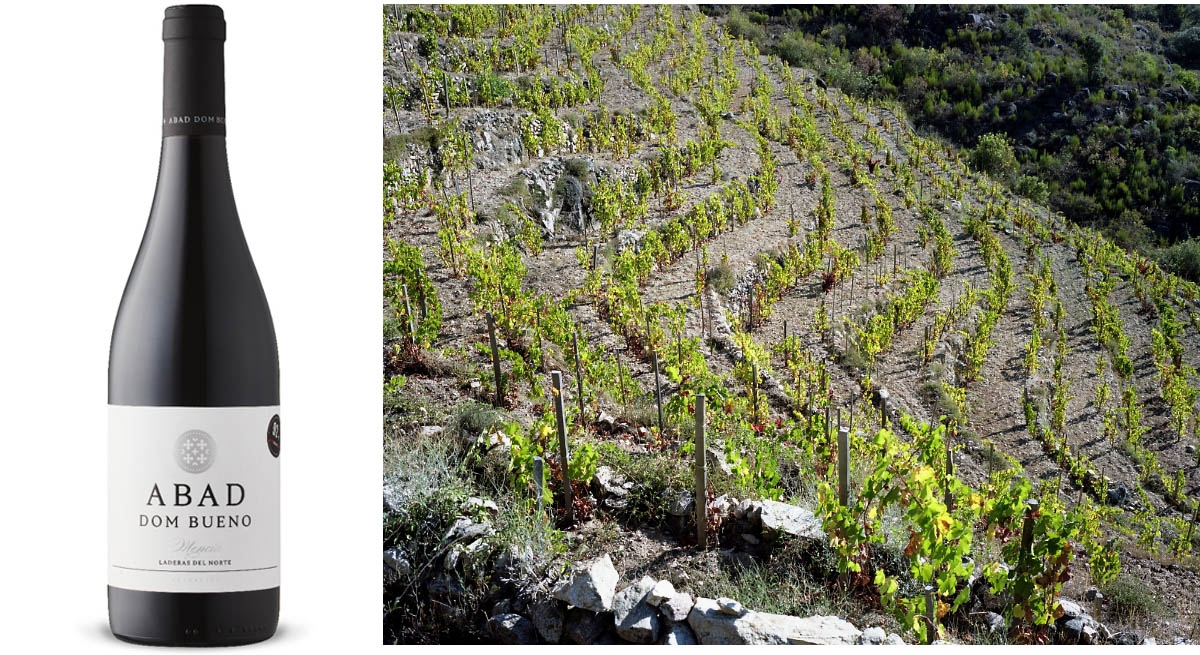
Mencía is a real mensch
Of all the lesser-known wines that should get more attention, Mencía from Northwestern Spain is a standout. But on Spain’s dancefloor of excellent reds, such as Rioja, Garnacha, and Carinena, Mencía often becomes relegated to the role of wallflower and gets lost in the shuffle.
That said, keep a look out for Mencía in the LCBO, because if you enjoy medium-bodied earthy reds like Cabernet Franc and Pinot Noir, then Mencía is worth a whirl. Formerly ignored as a grape too rustic for fine wine, Mencía’s reputation has been made-over thanks to the restoration of old vines, sometimes up to 100 years old, that grow on the schisty hillsides of Bierzo, Ribeira Sacra, and Valdeorras in Spain.
Depending on the winemaker, vintage and vineyard location, Mencía has a dizzying array of style. While one bottle of Mencía wine might be delicate and fruity, the next could taste dense and spicy. . A bottle of Mencía is rarely jammy, and instead focuses on vibrant black berries character, perfume, dried herbs and often earthier notes of soy sauce, mushroom and balsamic. The common denominator beneath all Mencía wine is its bright acidity and propensity to food. Bar none this is Spain’s freshest red and a tasty tapas partner. In other words, Mencía is a real mensch.
A bottle currently on LCBO shelves is the Abad Dom Bueno Cimabella Mencía 2018, $16.95 in Vintages. The Cimabella Mencía struts across the palate with notes of fresh brambleberries, sundried tomatoes plus a mineral edge. Chill this wine a little and sip with diverse food flavours like grilled lamb on a bed of peas, feta and mint.









